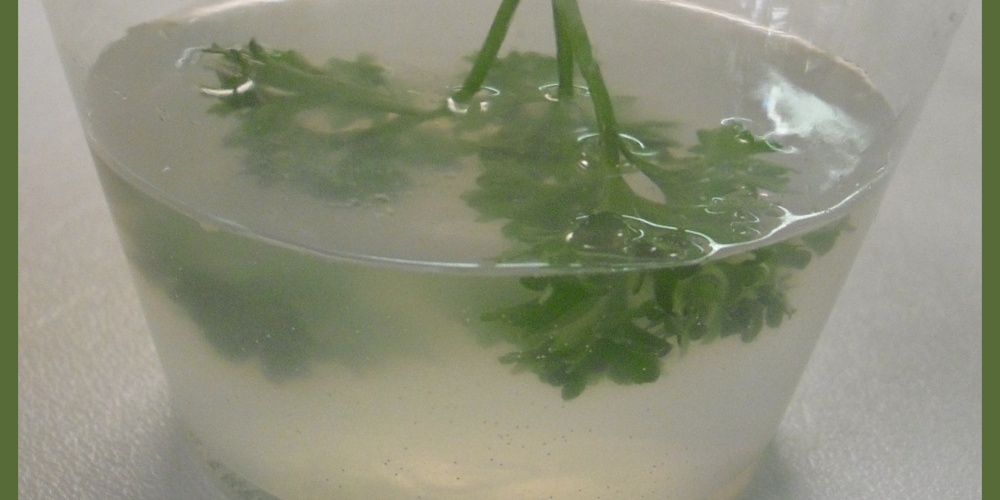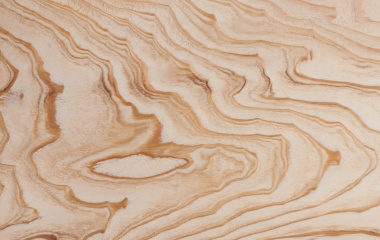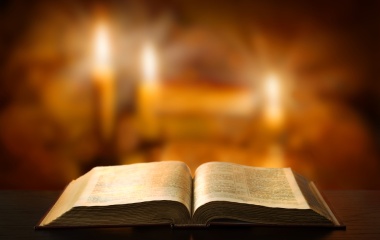
"Therefore, in every generation, one must see themselves as if they have left Egypt”. All too often, we can only fully appreciate what we have when it is missing. Freedom is so much sweeter for those who have experienced slavery. And on seder night, we are to experience both.
“And you shall eat the meat [of the pascal lamb] on that night, roasted with fire, and unleavened bread; with bitter herbs you shall eat it” (Shemot 12:8). The Torah instructs that we may not eat the korban pesach by itself. Freedom cannot exist in a vacuum. Rather, it must be eaten with marror, lest we fail to appreciate freedom. What is often overlooked is that the marror must be eaten with the pesach. Even when freedom seems far away, when there is much bitterness for the Jewish people, we dare not lose sight of the Pesach that will be, that ultimately, freedom will triumph over tyranny.
Had our eating requirements been based solely on the above-mentioned verse then, with the loss of the pascal lamb, we would no longer be able to properly eat matzah or marror.
The Sages ordained that we are to still eat marror. Interestingly, there is no rabbinic obligation--we actually prohibit such--to eat barbequed lamb as a reminder of the pascal lamb. While we want to recall suffering, even especially at times of joy, to recall joy when we cannot experience such is something our rabbis did not mandate.
Our (Biblical) obligation to eat matzah is based on a different verse: “In the evening, you shall eat matzah”. While pesach celebrates freedom and marror reminds us of our suffering, the matzah represents both. It begins as “ha lachma anyah”, poor man’s bread, perfect for a slave--cheap (in theory), long-lasting, and even filling. But matzah becomes the food of freedom, “because the dough of our fathers did not have time to rise before the King of Kings revealed Himself to them and redeemed them”.
The line separating slavery and freedom is most thin. Pesach marks the transition from slavery to Pharaoh, to slavery to G-d. And that makes all the difference. Servitude to man is slavery and misery, whereas servitude to G-d is freedom and joy. It is this latter slavery that frees us from enslavement to others.
It is not the amount of work we do that determines our status, but the why and for whom we work that determines our status. Working eight hours a day can be enslaving, whereas working much more can be the sign of freedom. Great leaders and people of accomplishment may work long and hard, but by focusing on meaningful goals, those hours are the noblest way to spend our time. Matzah is both the bread of slavery and the bread of freedom--it all depends on why we are eating it.
Matza is not the only food with a dual status. Such is the status of perhaps the most enigmatic part of the seder, that of karpas. Is it an appetizer to a great meal ahead, or is it a food to eat to remind us of the tears in Egypt, a potential substitute for marror? The answer is that it is both--with each motif reflecting different times in our history. Karpas was meant as the introduction to the meal, and that is exactly what it was when the Temple stood. One made Kiddush, ate an appetizer, and moved on to the meal, culminating in the barbequed lamb of the korban pesach. At that point, one performed the mitzvah of sippur yetziat mitzraim, retelling and reliving the Exodus. Alas, with the destruction of the Temple, there was no worry that one might delay eating the korban pesach, and maggid was moved to before the meal[1]. However, our Sages wanted a reminder of the changed status of the seder, and instructed that we eat karpas first, (hopefully) leading the children to question what is going on.
This gives us an opportunity to discuss Yosef, who is most surprisingly missing from our seder. Rashi (Breisheet 37:3) explains that the ketonet passim that Jacob made for Yosef was a beautiful woolen garment similar to the chur karpas utechelet, the description of the magnificent royal party of Achashverosh.
Pesach marks our birth as a nation. The strength of a nation depends on its internal cohesion. When that is lost, as with Yosef and his brothers, tragedy follows. And when the Jewish people were divided years later, we were easily defeated. Our Temple lay in ruins--both physical and spiritual--and we had no need to rush our meal. The food could wait until after we had internalized the message of the Pesach story. And we best learn that with the tears as we dip the karpas in salt water. It is not by chance that we must keep the marror in mind as we make the blessing on the karpas.
Purim marks the time of Jewish unity--mishloach manot ish lere'ehu umatanot l'evyonim--and we are reminded how regal the karpas can be. It is fit for a king and the introduction to the most beautiful meal of the year. May we merit eating the right kind of karpas. Chag Sameach!
[1] For an elaboration of the changed chronology of the seder, see Pirkei Moadot of Rav Mordechai Breuer.



